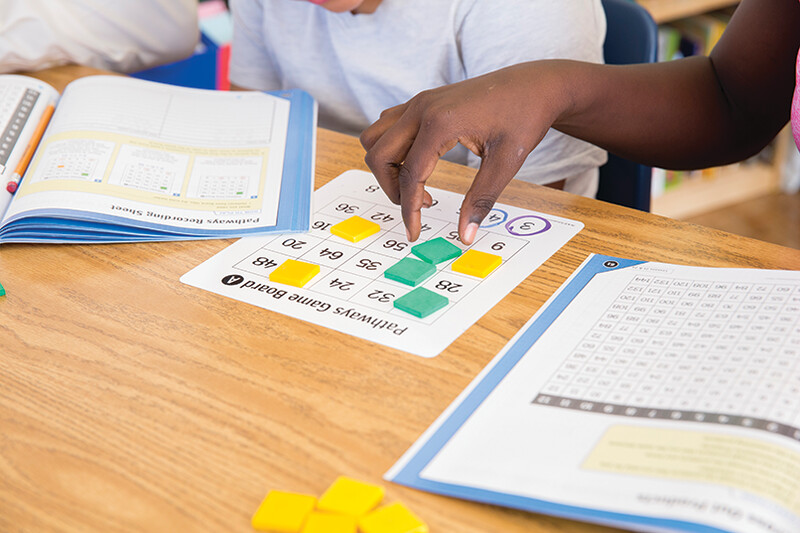Partnering with Published Curriculums?
… promotes an image of teachers as solo performers and of curriculum resources as dispensable props. From this perspective, teachers improve by weaning themselves of external supports …. The good-teacher doctrine creates artificial barriers between teachers and potential partners.
- Do you think there's an unspoken agreement that good teachers don't rely on curriculums, textbooks, or packaged materials for lessons? What messages (explicit or implicit) have you received about using such materials to plan and teach? If you've been teaching for a while, have those messages changed over the years?
- Do you think there's validity to the idea that good teachers avoid materials and lessons created by someone? Might this doctrine keep teachers from partnering in helpful ways with others?
- Share in your group how each of you uses preset curriculum materials or textbooks. Do you follow the curriculum or book as presented, just sample bits of it, or "partner" with it in the way Remillard describes, drawing on your expertise and knowledge of your students to adapt the curriculum and materials for your classroom?
For Math Teachers
The Best-Made Plans
- What was your experience planning lessons as a new teacher? Which method do you think would be best for novices—planning on their own or relying on time-tested plans?
- Do you concur with Goodwin's statement that there's value in teachers emulating master planners:
For Principals and Superintendents
Planning for Engagement and Thinking
- To try Doubet and Hockett's strategy, schedule one study group as a brainstorming session to help each of you frame an area of content that's dull to students as a broad, interesting concept. What might U.S. Colonial history be "a study in," or verb tenses, or nutrition guidelines? Brainstorm together as many possibilities as you can and pick the best three for each piece of content. Help one another come up with 3–5 essential questions connected to these concepts that might draw students into learning activities
- Ask more open-ended questions (perhaps by having students think their answer out loud together or asking follow-up questions)
- Turn a "re-telling" task into a task of interpreting or producing
- Have students self-assess their learning.
- Consider your current class: do you think they're convinced you truly want them to think, as opposed to memorize or perform to a standard?
- Dig deeper into your students' attitudes about in-school thinking. Notice how kids react when you give assignments that require synthesizing material rather than re-telling. Do you see more engagement? Secondary teachers, Try asking a small group of students how often they find themselves thinking in school—and whether they think teachers want them to think.
Resources for Further Study
These resources will help you perfect your lesson planning.
ASCD Books
A Differentiated Approach to the Common Core: How do I help a broad range of learners succeed with challenging curriculum? (2014) by Carol Ann Tomlinson and Marcia B. Imbeau.
The Differentiated Classroom: Responding to the Needs of All Learners, 2nd Edition (2014) by Carol Ann Tomlinson.
Authentic Learning in the Digital Age: Engaging Students through Inquiry (2014) by Larissa Pahomov.
Curriculum 21: Essential Education for a Changing World (2010) edited by Heidi Hayes Jacobs.
Where Great Teaching Begins: Planning for Student Thinking and Learning (2011) by Anne R. Reeves.
EL Articles
"What is the Value of Life … and Other Socratic Questions" by Casey Cuny in November 2014 issue on Talking and Listening.
"Teaching Argument Writing to ELLs" by Larry Ferlazzo and Katie Hull-Sypnieski in April 2014 issue on Writing: A Core Skill.
Previous Issues of Educational Leadership



